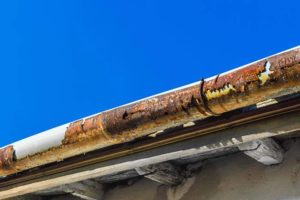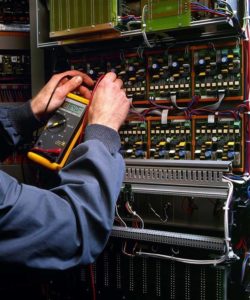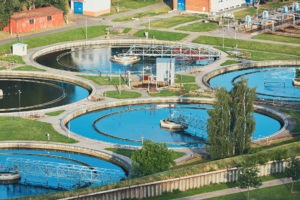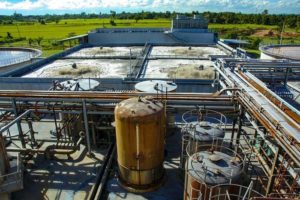Whether it’s small or big, we all know how damaging a leaking pipe can be. As Benjamin Franklin said “A small leak will sink a great ship.” That’s why, prevention to leakage is better than cure. But, preventing a possible pipe damage is not always easy, especially for people with no experience in this category. One of the best ways to save your home or working space is by knowing and understating common situations that cause this leaks to develop. Luckily, you don’t need to know everything there is, but it’s important to understand the basics, especially when it comes to leaks and you don’t have time to call a professional.
There are a number of factors that work together and cause leaks and damage to your pipes. Depending on the number and degree of these factors, most leaks occur due to one of the following causes listed below. Understanding and finding the cause of damage on time can help you know when to contact a professional, or even better, save more time and fix the problem by yourself.
1. Advanced corrosion
As we all know, no pipe material can last forever. With the wrong circumstances, a pipe can show signs of corrosion very early. In short, pipe corrosion is a natural destruction of the pipe material and as any other naturally occurring hazard, it can be life threatening and very expensive to fix. When noticed, the worse thing you can do is ignore the problem. If you have an older plumbing system, the best thing is to replace the pipes with high risk of corrosion, or call a professional.

2. Excess water pressure
At first, this type of problem can even feel nice, for example when showering. But, the harder your water hits the pipes, the greater the risk of eventual leaks. If the plumbing is not done right, the pipes can crack or burst. The best way to prevent this is by installing a pressure regulator.
3. Clogs
This is a cause that we are all familiar with. Hair, grease or even food can lead to a clogged pipe, which is why this is one of the most common causes of pipe damage. Untreated clogs may seem like an inconvenience at worst as you’ll only notice in the beginning that the water drains slower. But, if left untreated, this can lead to big leakage and pipe damage which can be very expensive to fix. The best way to prevent this is by paying attention to the harmful substances and materials you flush down the pipes.
4. Temperature change
No one likes taking a cold shower. In all times, you need both hot and cold water running through your home or workplace. But, be careful. Sudden and unexpected temperature changes can force your pipes to expand and contract. This can then lead the pipes to burst or crack, leading to leakages.
5. Bad workmanship
Although not so common, incorrect pipe laying can also lead to a water leak or clogged pipe. That’s why, plumbing should always be done by a professional, or, if you do it yourself, you should be very well informed. Small mistakes that are not noticeable right away can cause massive amount of water leaks and damage the pipes. If you suspect some irregularities in your pipe laying, the best thing to do is call a professional and ask for help. It is always better to prevent the problem, than to fix the damage that can occur.

Every problem has a solution!
Lastly, remember, it’s natural to freak out when a water leak or damaging pipe occurs. The key is to take action right away, whether that be calling a professional or fixing the problem by yourself. If you choose the latter, we hope the information above will help you fix the damage.









